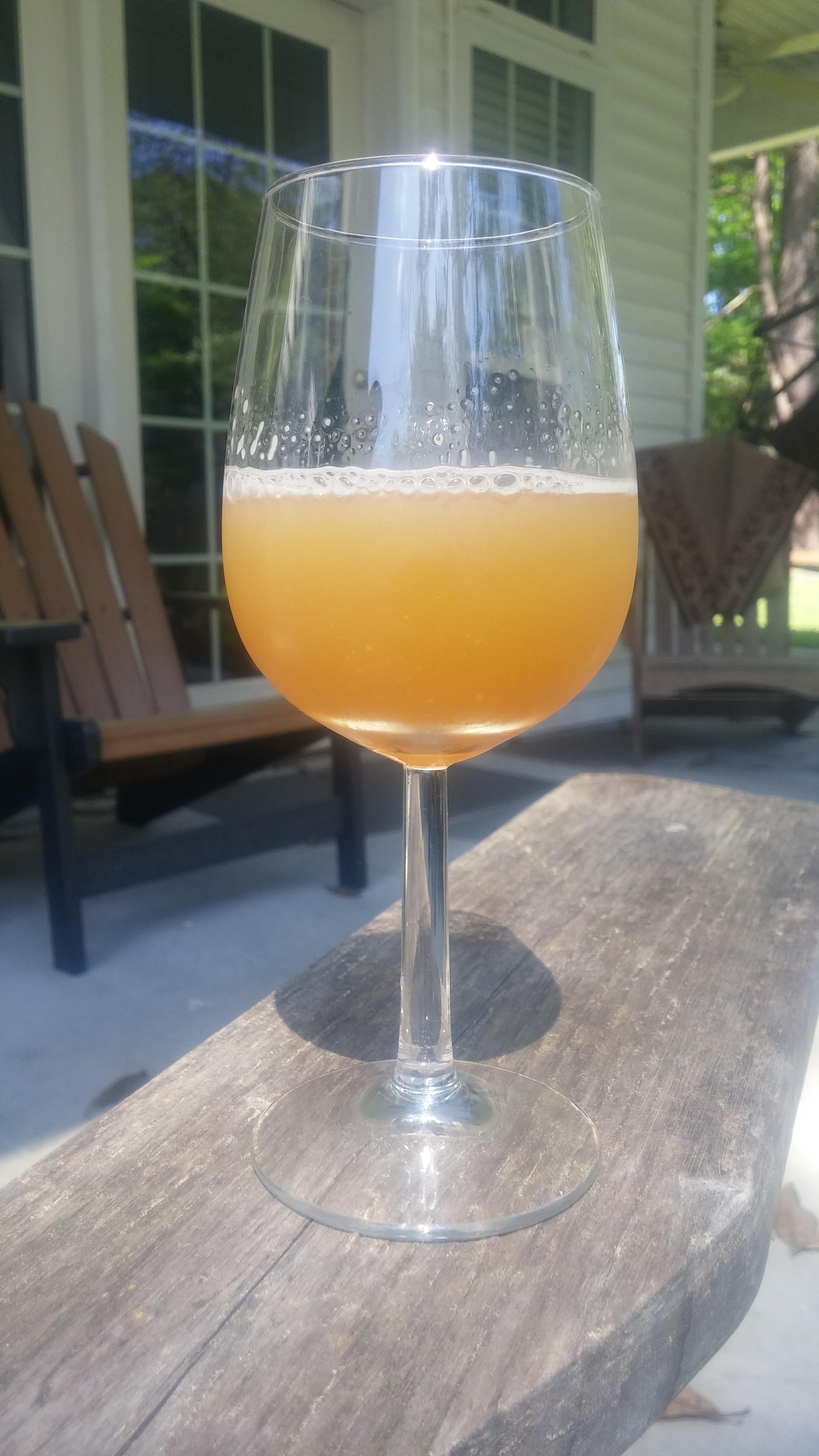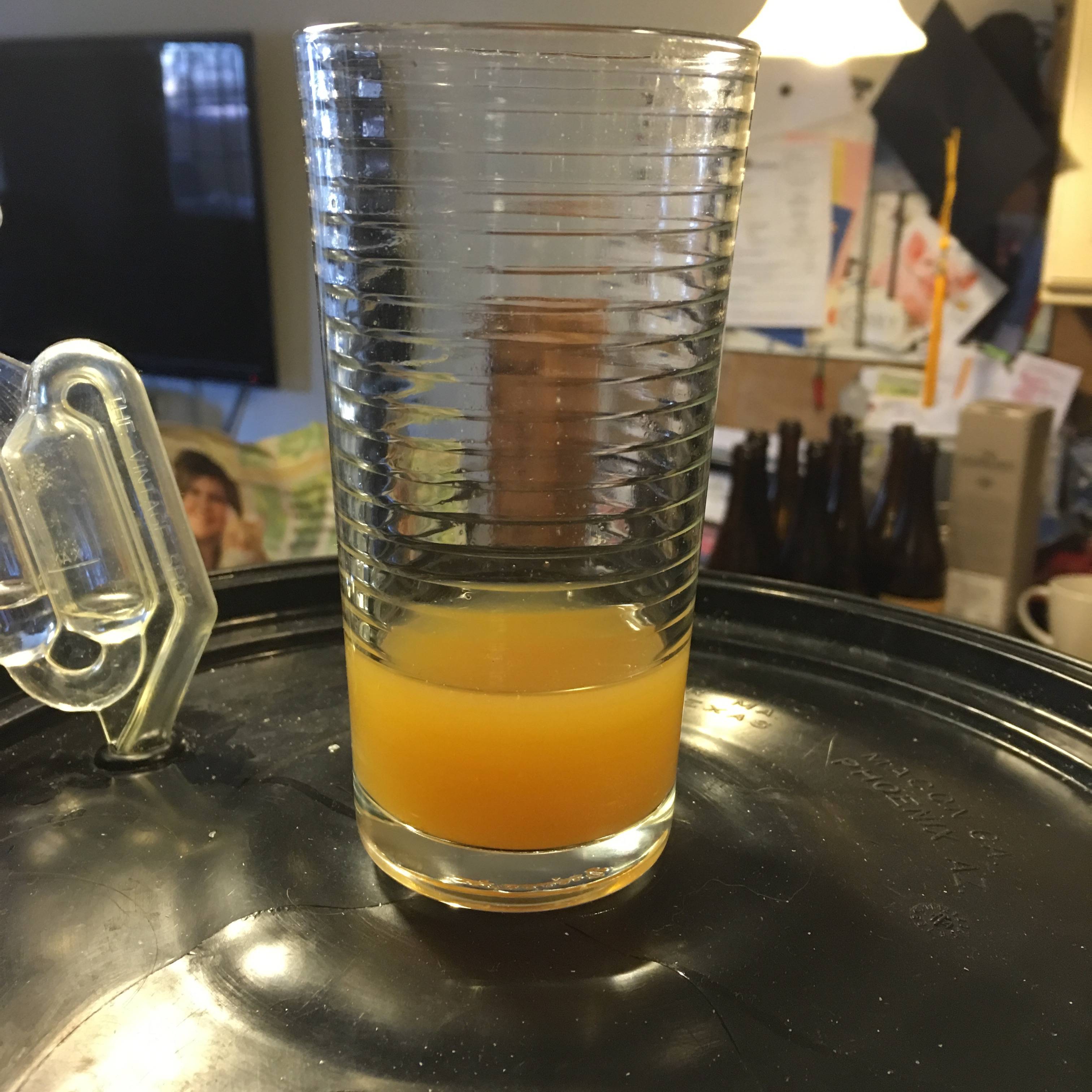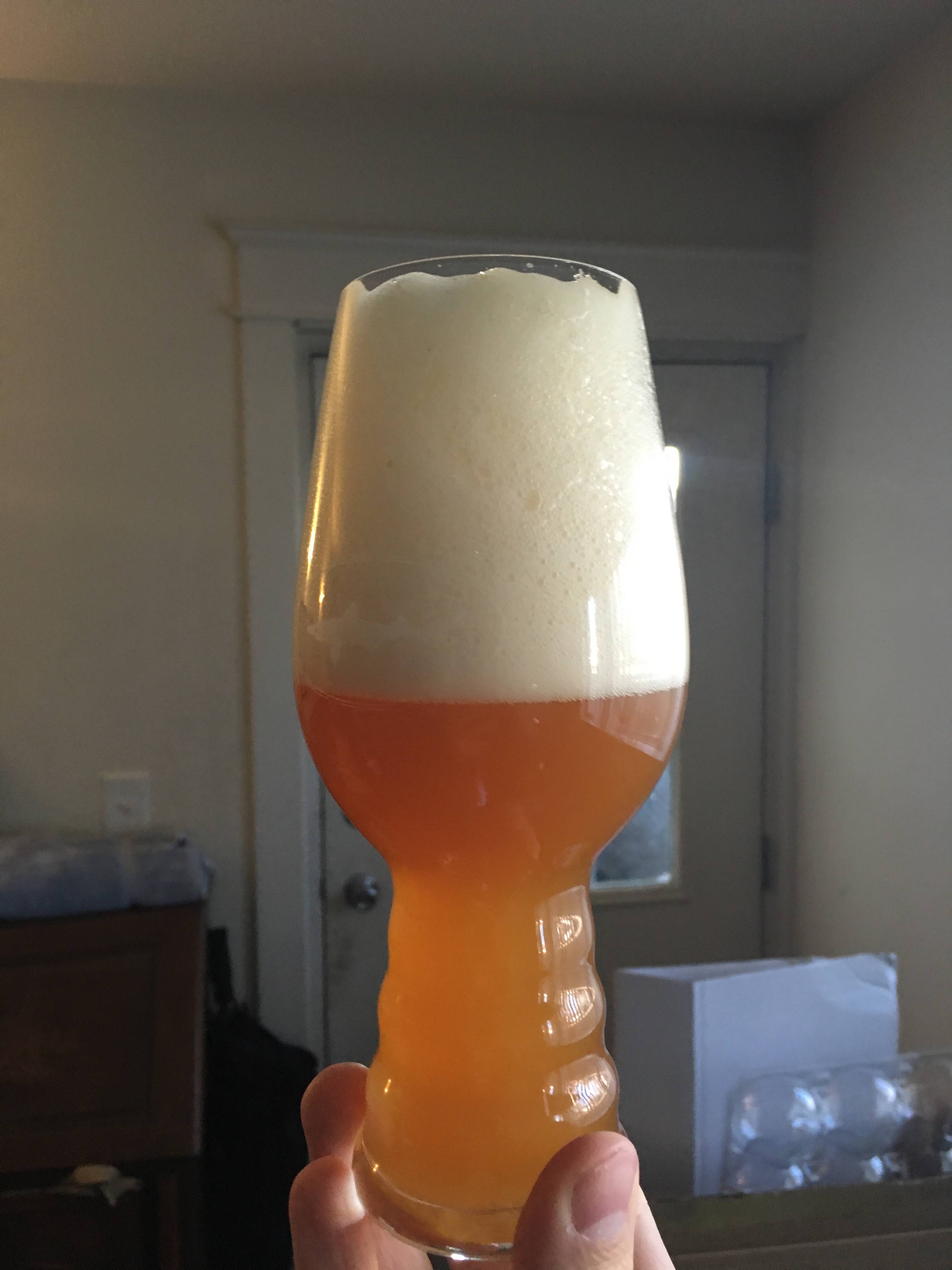psnydez861
Well-Known Member
Flaked oats/wheat is something that can be used in this style, but certainly isn't a necessity. A lot of Trillium beers don't have any flaked grains from what I hear. English yeast is the general consensus, but I know people that take stabs at the style with various strains. High Chloride to Gypsum is a big one, maybe the most important one....
And big hopping rates with high oil content hops... in particular dry hop rates....
6oz dry hop for 5 gallons of 1.055OG beer is a nice amount....say maybe 9-12 oz dry hops for beers with OG's of 1.070 and up.....
These beers certainly aren't cheap.
And big hopping rates with high oil content hops... in particular dry hop rates....
6oz dry hop for 5 gallons of 1.055OG beer is a nice amount....say maybe 9-12 oz dry hops for beers with OG's of 1.070 and up.....
These beers certainly aren't cheap.







![Craft A Brew - Safale S-04 Dry Yeast - Fermentis - English Ale Dry Yeast - For English and American Ales and Hard Apple Ciders - Ingredients for Home Brewing - Beer Making Supplies - [1 Pack]](https://m.media-amazon.com/images/I/41fVGNh6JfL._SL500_.jpg)




















































